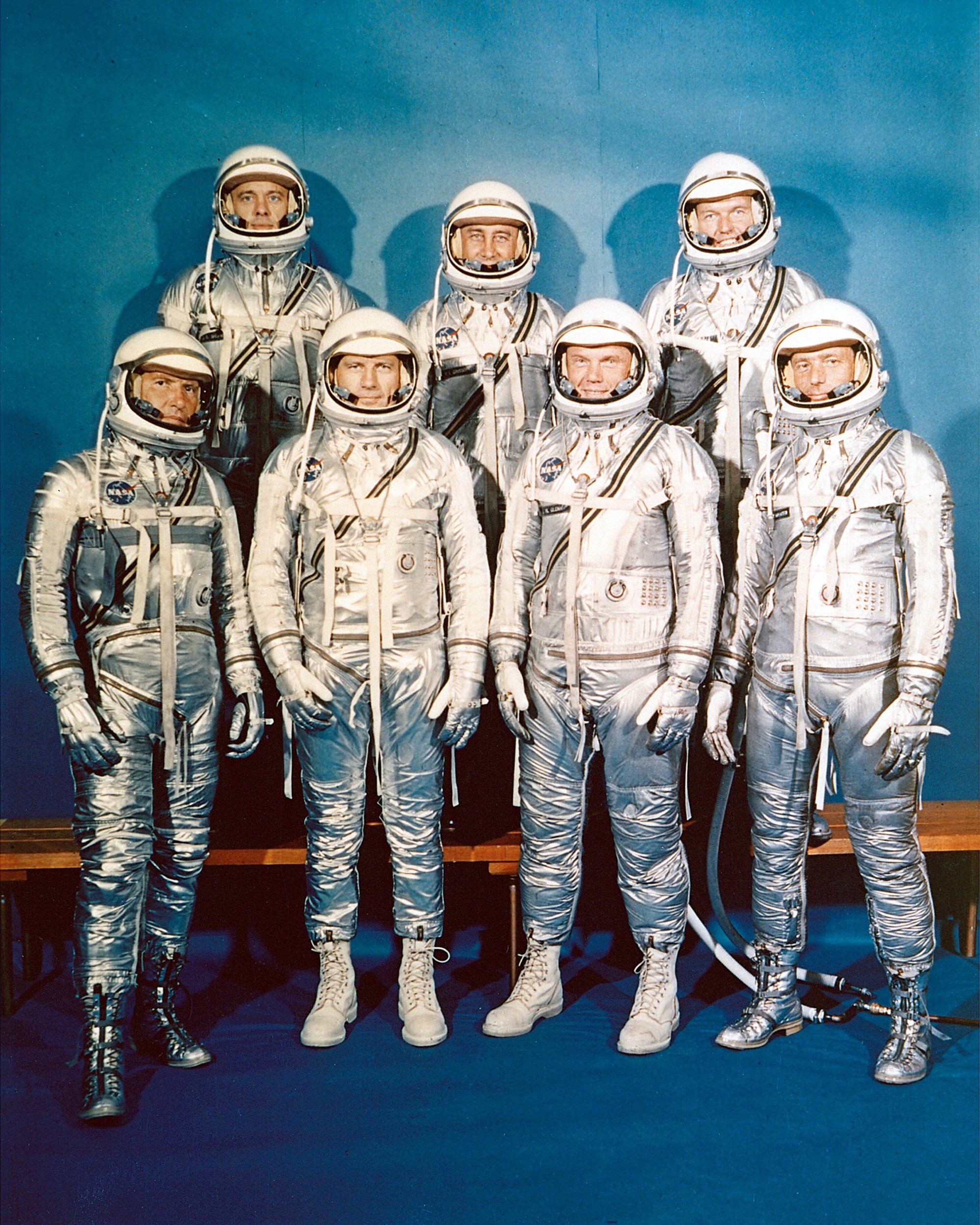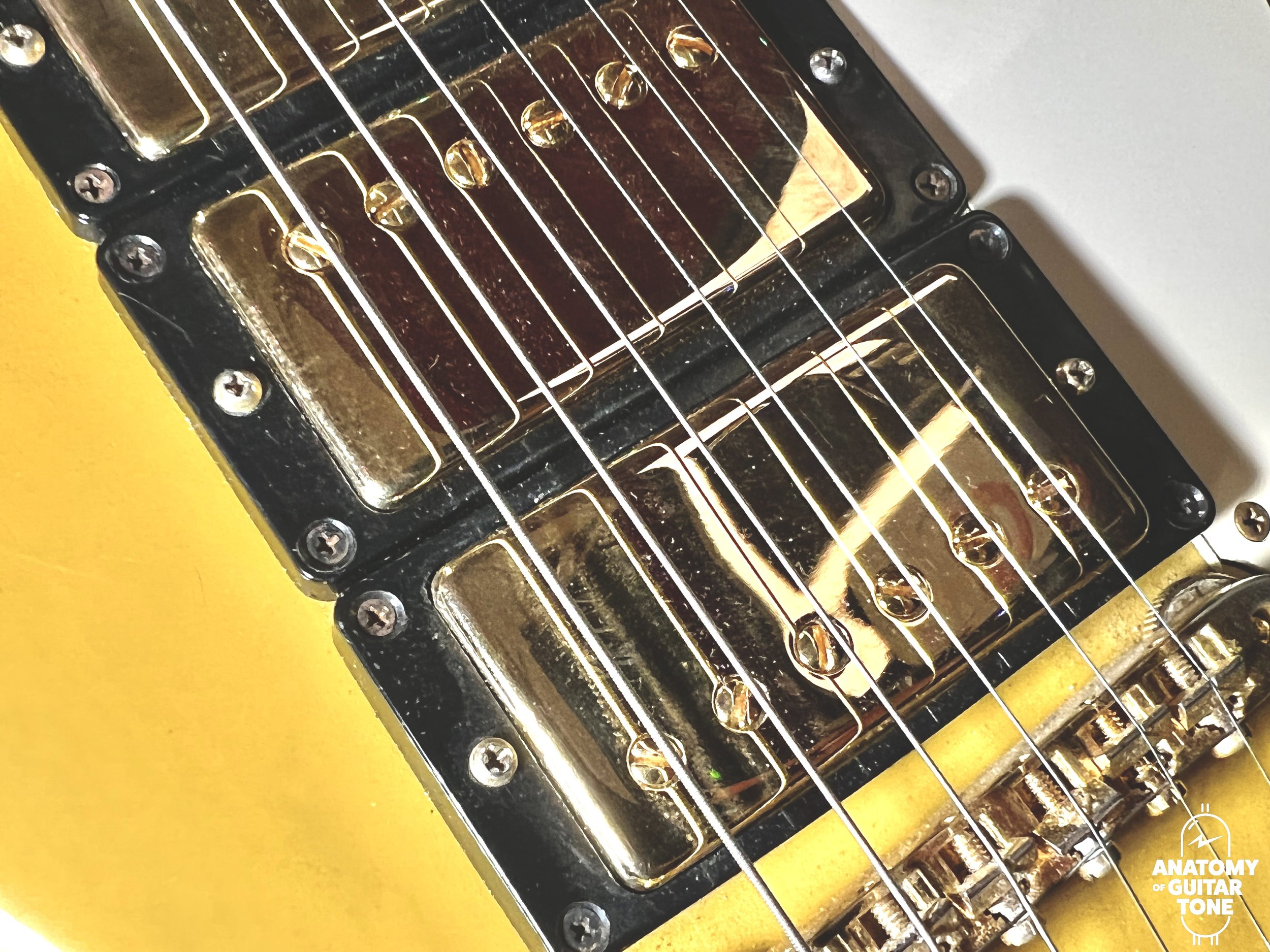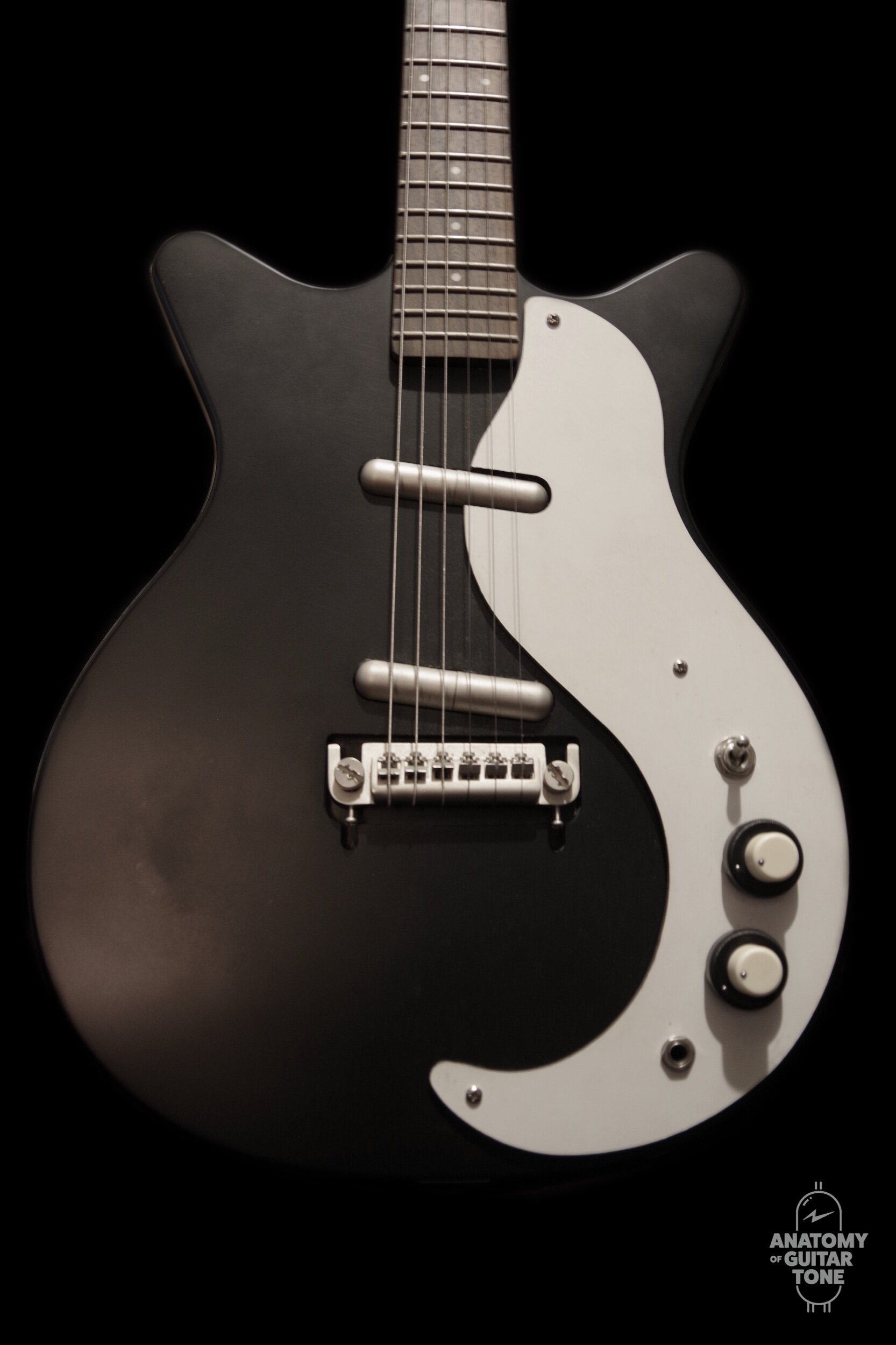Gemini Mercury One Humbucker
A 1990 Gibson SG '61 Custom came into my possession last year. After spending some time with the SG, which sounded phenomenal acoustically, I decided the pickups needed an upgrade.
The stock pickups didn't sound as bad as they did on my 1990 Les Paul Standard. Those pickups we shall never mention again! I would have felt bad sending them to the recycling station. If I were a man of resources, I’d have purchased a ticket on Elon Musk’s rocket and sent those stock LP pickups into space, far from the hands of guitarists.
The 1990 LP also had improper pots installed at the factory. But the SG didn't have any wiring issues, luckily. I only had to upgrade the pickups and the caps.
I have Florance Voodoo '59s in my other Gibsons. They're great pickups but are no longer in production. So the search was on for another pickup winder who knows humbuckers. If you've searched for pickups, you'll have noticed there are quite a few options these days, which means you need to be more discerning.
Image from the original Gibson Factory
I was looking for a vintage-spec tone. I also wanted very touch-sensitive humbuckers. These criteria narrowed my search, as there are a lot of modern high-gain humbuckers.
One company I won't mention makes vintage-spec humbuckers with a very high price tag, which I think is a bit outrageous. I'm not opposed to spending a lot of money on gear. I tend to buy top-shelf equipment. But I don't think paying that much extra cash for pickups wound on an original machine is worth it. I'm sure they're good pickups, but I don’t need that kind of novelty.
Gemini
My thoughts turned to Gemini Pickups, which made the toaster pickups for my Rickenbacker 360 12. Rob knows what he's doing. I couldn't be happier with my Ric toasters!
So I reached out to Rob. He makes all kinds of pickups and deeply understands vintage specs, but isn't just living in the past.
Well, that was a great decision. Because let me tell you, the Gemini SG Custom humbuckers are incredible! Many people know in theory how to wind pickups, but some people have the special touch.
Comparision
The stock '61 SG Custom pickups weren't awful. They were actually OK. But they lacked a few things a discerning player might notice.
There seemed to be a blanket on them—the tone was blurry and didn't sound alive. Their touch sensitivity was also limited. Finely made pickups sound and feel like there’s a direct connection between you and the amplifier.
The stock SG pickups were usable but sometimes “functional” isn't enough. They certainly didn’t sound like PAF-era humbuckers, which were stock on the original '61 SG Custom.
Twangbuckers
Sister Rosetta Tharpe
Vintage PAF humbuckers are brighter and more twangy than many realize. There’s a misconception that they’re hot and thick. Yes, they're fatter than a single-coil—they are humbuckers. But they are clearer and more detailed than modern high-gain humbuckers.
The magic vintage Gibson humbucker tone is the bright twangy PAF. But in choosing pickups, be wary of the term “PAF,” as it gets thrown around a lot and is something of a buzzword.
Rob at Gemini doesn't add any fluff to his site or his product descriptions. He's not trying to lure you in with marketing. He's simply making outstanding pickups at a musician-friendly price.
There is no smoke-and-mirrors at Gemini pickups. Rob doesn't even mention the P-word (PAF) in the description of his humbuckers. They’re simply a culmination of Rob’s years of experience and research.
For example, he doesn’t claim that his humbuckers are remakes. They’re combination of elements he's found in his favorite humbuckers over the years. And he graciously gives the nod to the many other exceptional humbuckers being made today. But while others may be great, they don't sound like his Mercury One, which is the point.
Mercury One Humbucker
When I contacted Rob about making a '61 SG Custom-style humbucker, I didn't go into exhausting details about the specs.
My thoughts on requesting too many options are this: It's easy to believe you’ll get what you want by being presented with every possible option. But I think that can get in the way of a winder who has the "touch."
I'm not saying you shouldn’t ask for a general output volume. But unless you're trying to match a pickup you already have, it's best to set the compass and let the pickup maker do his magic.
For this reason, I told Rob about the '61 SG Custom Reissue and asked him to make the output level appropriate to that era. From there, I let him curate the tone.
Again, having lots of options isn’t necessarily bad. But I recently saw a site with exhaustive variances in PAF humbuckers. At some point it's like walking into a chef's kitchen and telling her how to prepare your order. If a great chef is preparing your food, order what you like and let the chef curate the experience.
Rob delivered his Mercury One Humbuckers (which are named after Project Mercury, the U.S.’s first human spaceflight program). There is a detail or two that he's keeping secret, but here’s what he told me:
Bridge: 8.2k with an A5 magnet
Middle: 7.7k A4 magnet
Neck: 7.5k A4 magnet
Hand scatter wound
Wiring
I took the Gibson '61 Custom SG to 30th Street Guitars for master guitar tech Matt Brewster to wire. He suggested a few wiring options that I hadn't considered.
One reason I enjoy visiting 30th Street (aside from the fact that it’s that rare guitar shop that doesn’t vibe you out or make you feel weird) is that Matt is a library of guitar knowledge.
Matt proposed using one of the tone controls as a master volume/blend knob. Three-pickup Gibsons typically don't include the option of blending the neck and bridge pickups, as do traditional two-pickup Gibsons.
The options on a three-pickup Gibson are neck, middle and bridge blend, and bridge. But if the SG is wired so that one tone knob controls master volume, your options are neck (blendable with the bridge), middle and bridge (blendable with neck), and bridge (also blendable with neck).
This wiring dramatically expands the tonal palette of a three-pickup Gibson.
I prefer a master tone knob on my Gibsons anyway. I rarely find myself wanting a difference in tone between neck and bridge. But if you frequently reach for independent tone knobs, this may not be the wiring for you.
I'm thrilled with Matt's suggestion. Aside from the wiring and pickups, Matt also installed new capacitors (caps). I've never been a fan of the caps installed from the Gibson factory.
Gibson regularly cuts corners on caps. My 1990 LP Standard came with the cheapest ceramic caps available on the market.
So I always swap out the stock caps on my Gibsons. For the SG, I sourced some NOS caps from the '60s. I suggest you try different caps and compare. You can even have your tech set up various caps with alligator clips for comparison, which I did way back when.
Examples:
For these examples I used various amps through a Universal Audio OX, which allows me to use my amps to their full potential in a home studio.
Guitar amps used:
Vox AC15
Victoria 35115
Effects used:
Spring reverb via the Lil’ King amp
Fulltone Tube Tape Echo
I recorded into a UA Luna via an Apollo at 96k. I set up my rig as if I were using it for tracking on a record, meaning that I got sounds that I would want for a final product.
Stock Pickups
I didn't record as many examples using the stock pickups because it was clear what their deficiencies were after a few examples. Anyone that has stock Gibson pickups knows this tone. They're here simply for reference.
Gemini Mercury One Humbuckers
I was delighted with how well Gemini Mercury One humbuckers paired with all my amps. I thought every pairing was usable (to say the least) and sounded great! I'm so into the tone of my Gibson '61 SG Custom re-issue now. The Gemini Mercury One humbuckers have transformed the guitar. Let's listen to some examples (headphones or good speakers, please):













